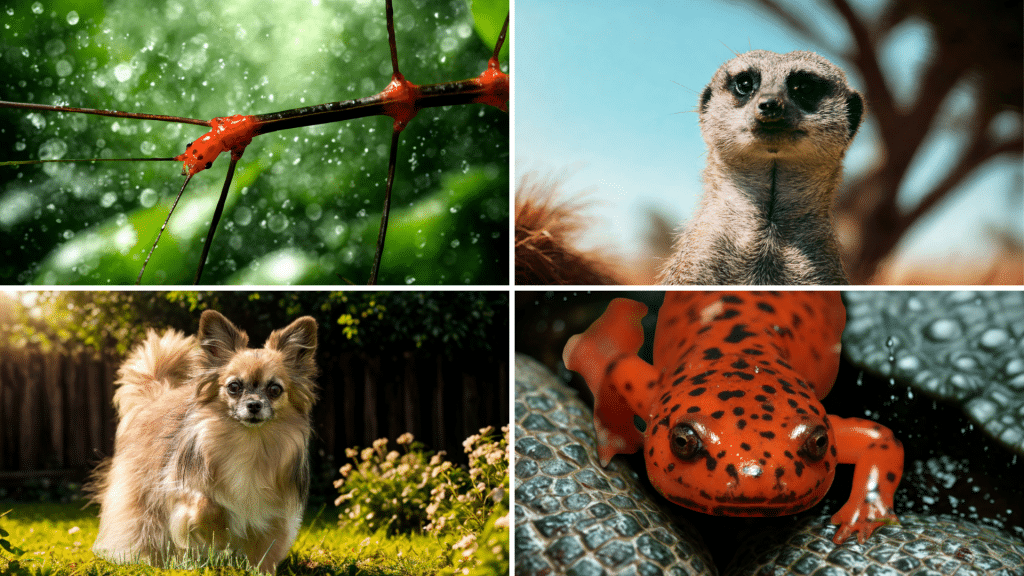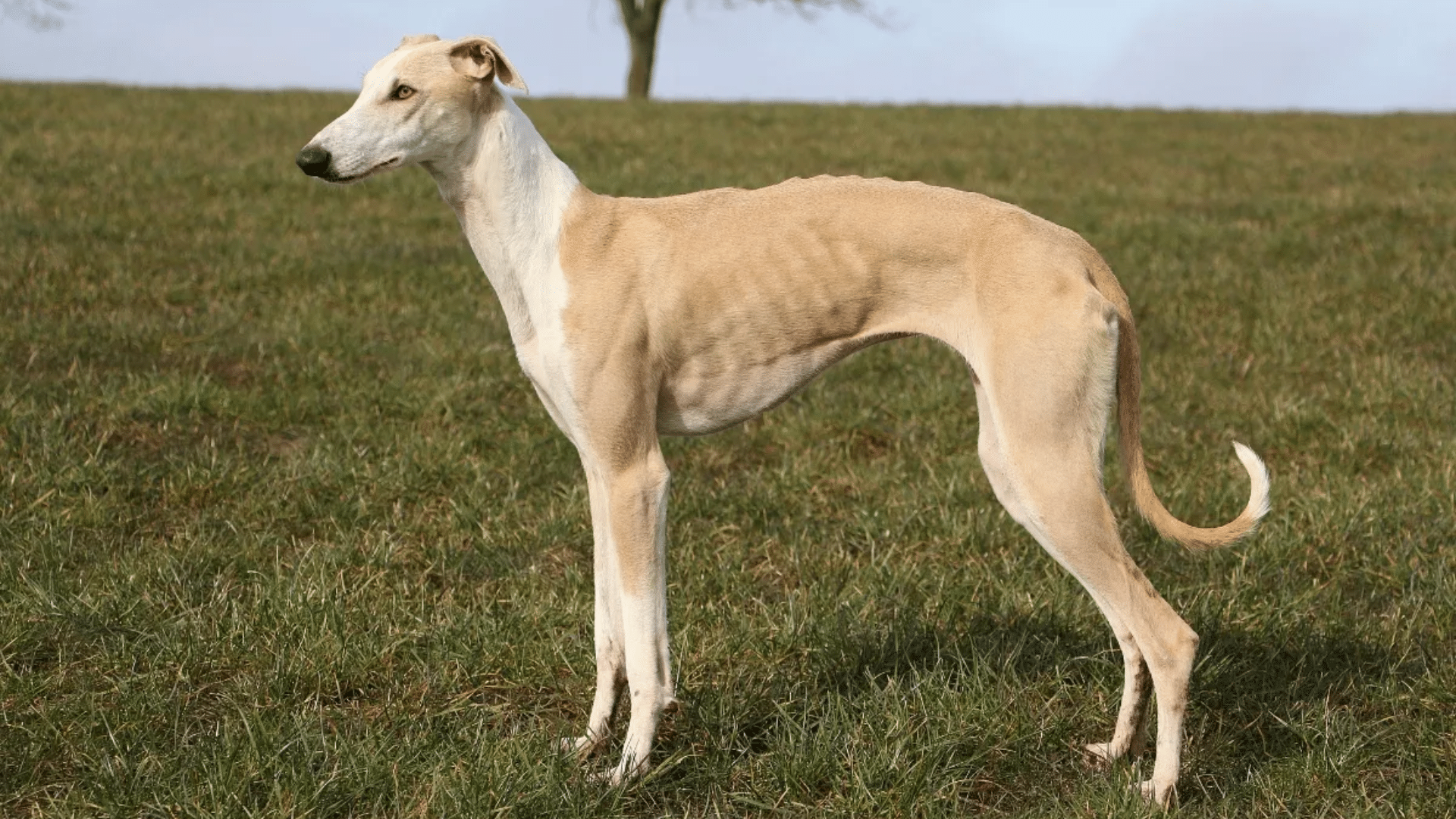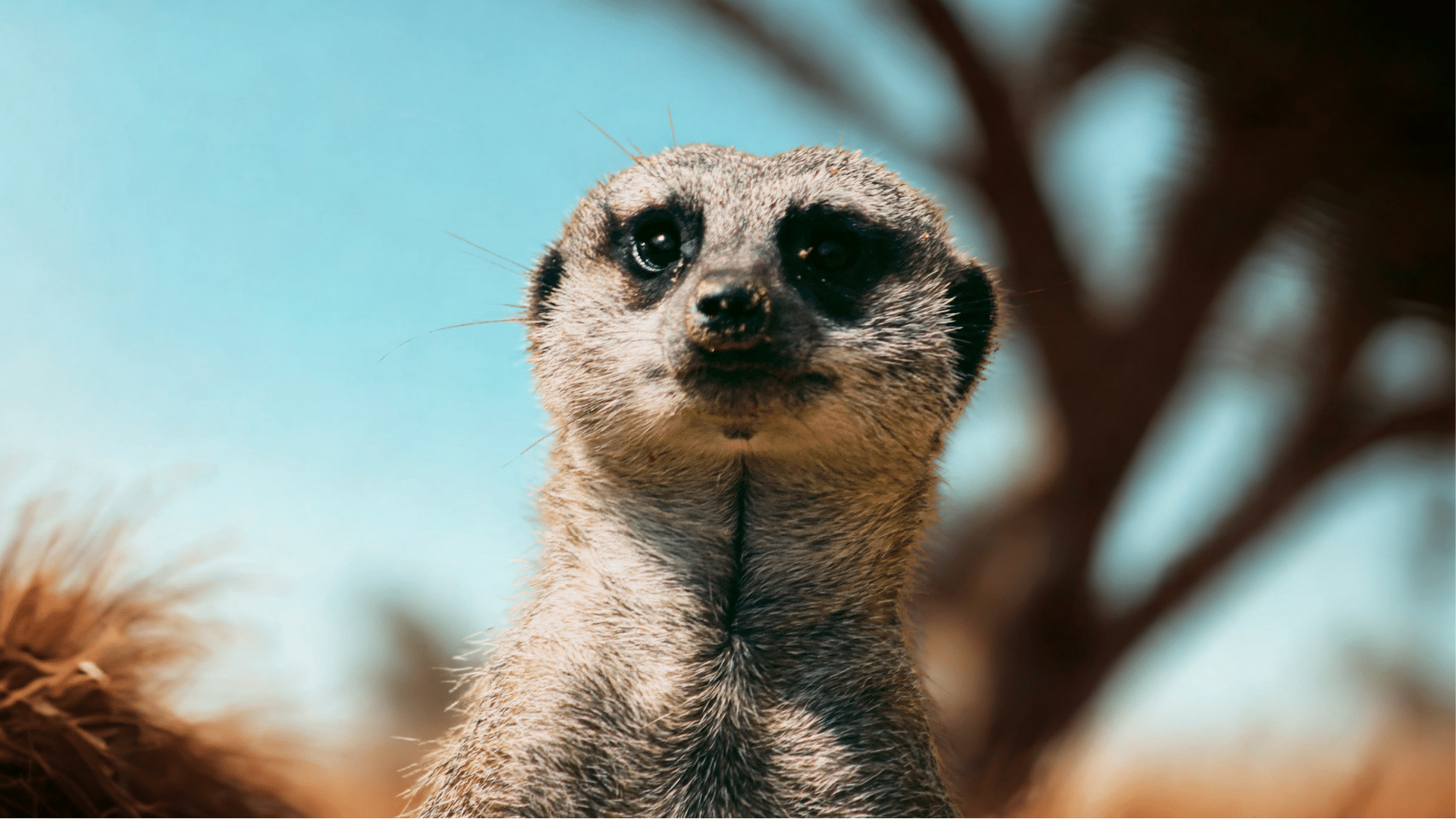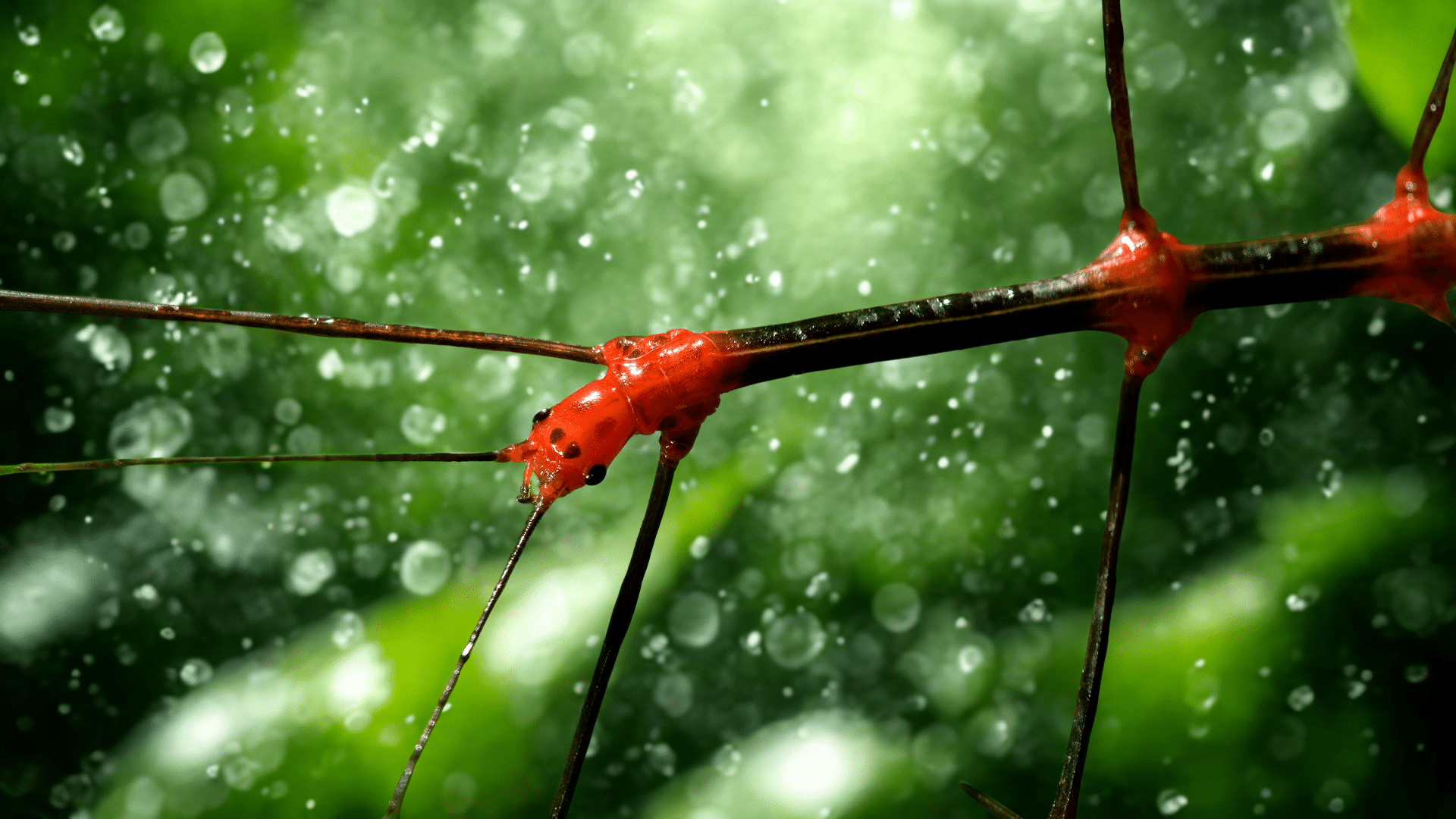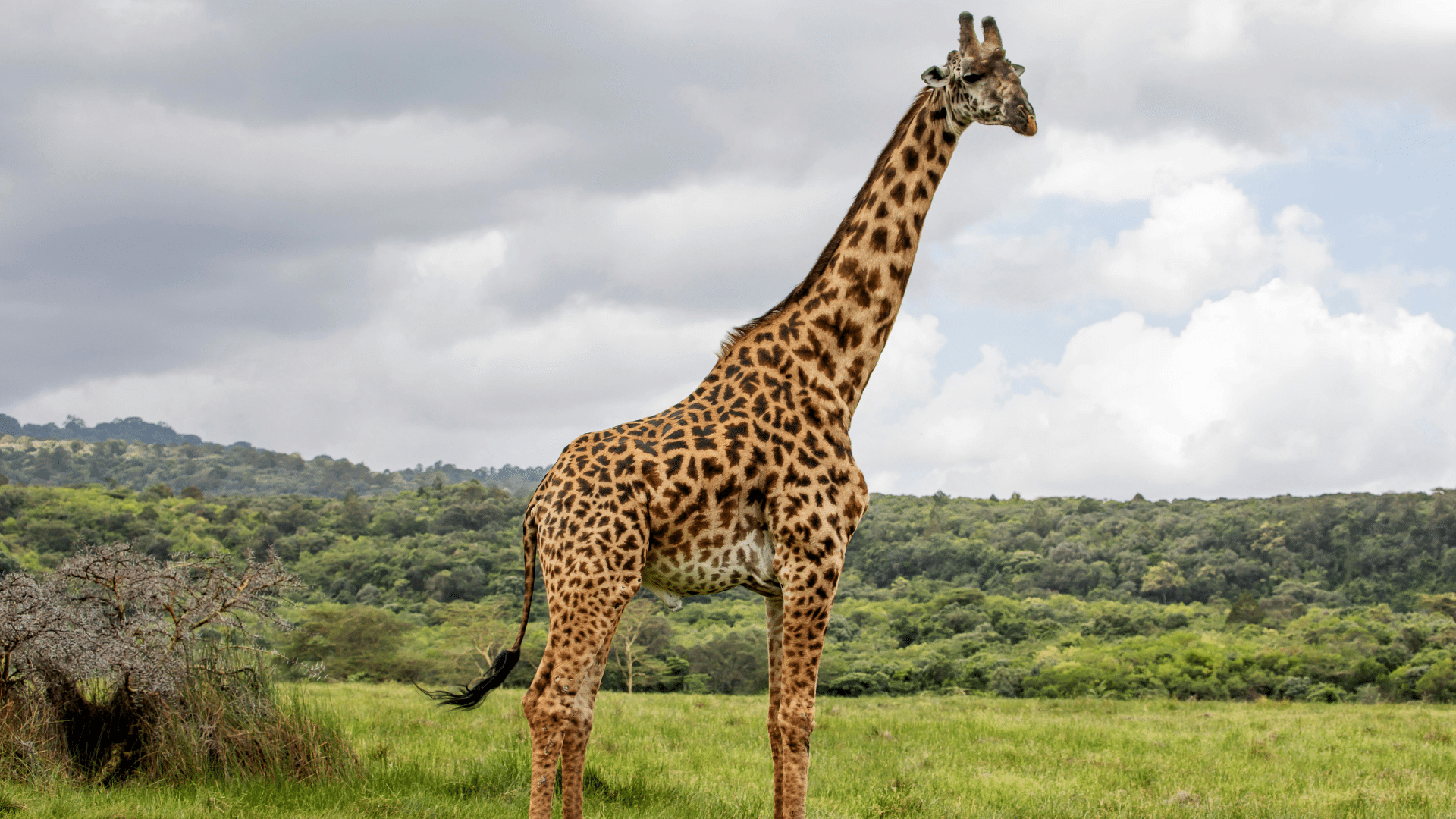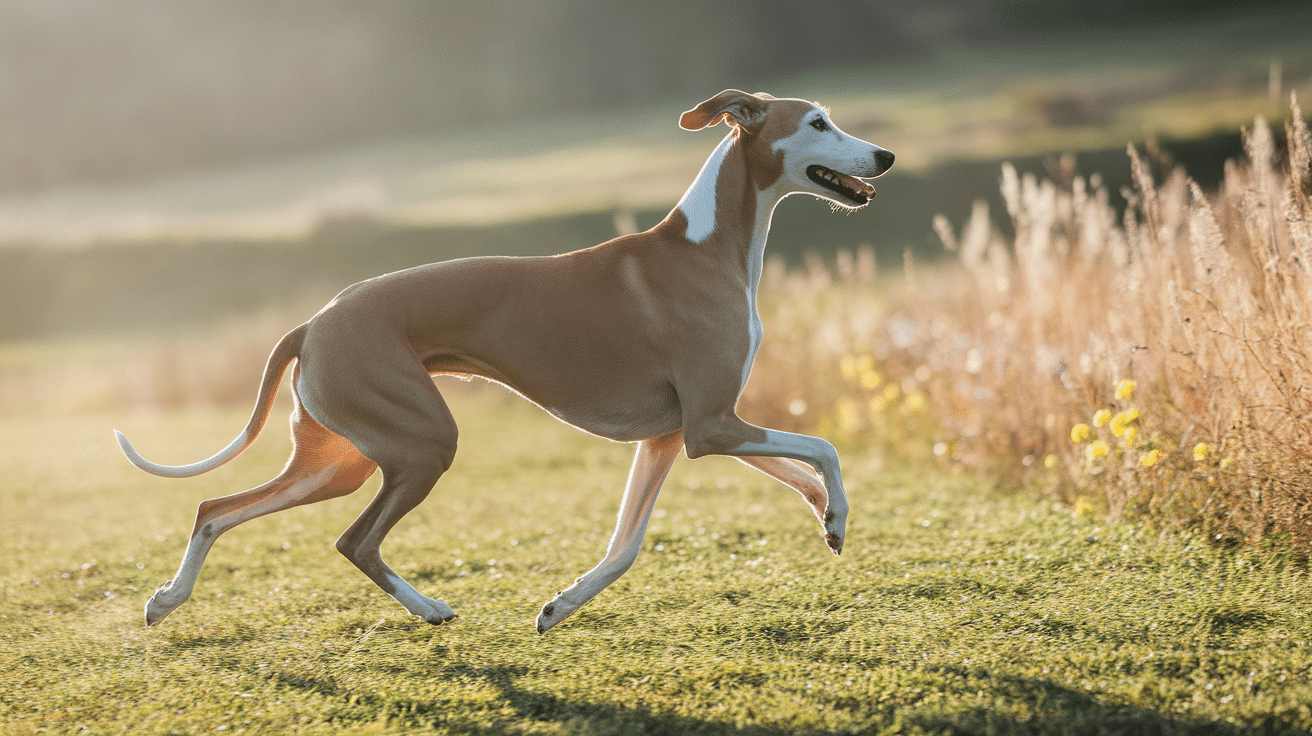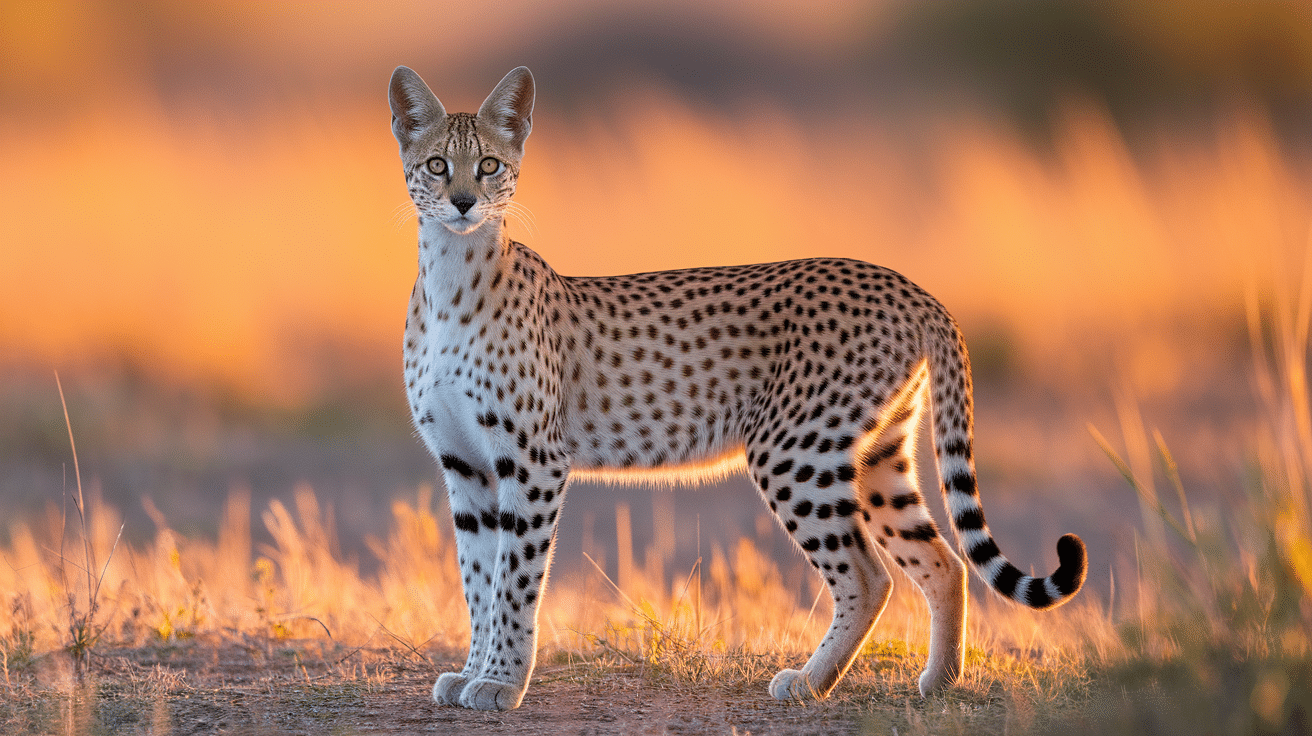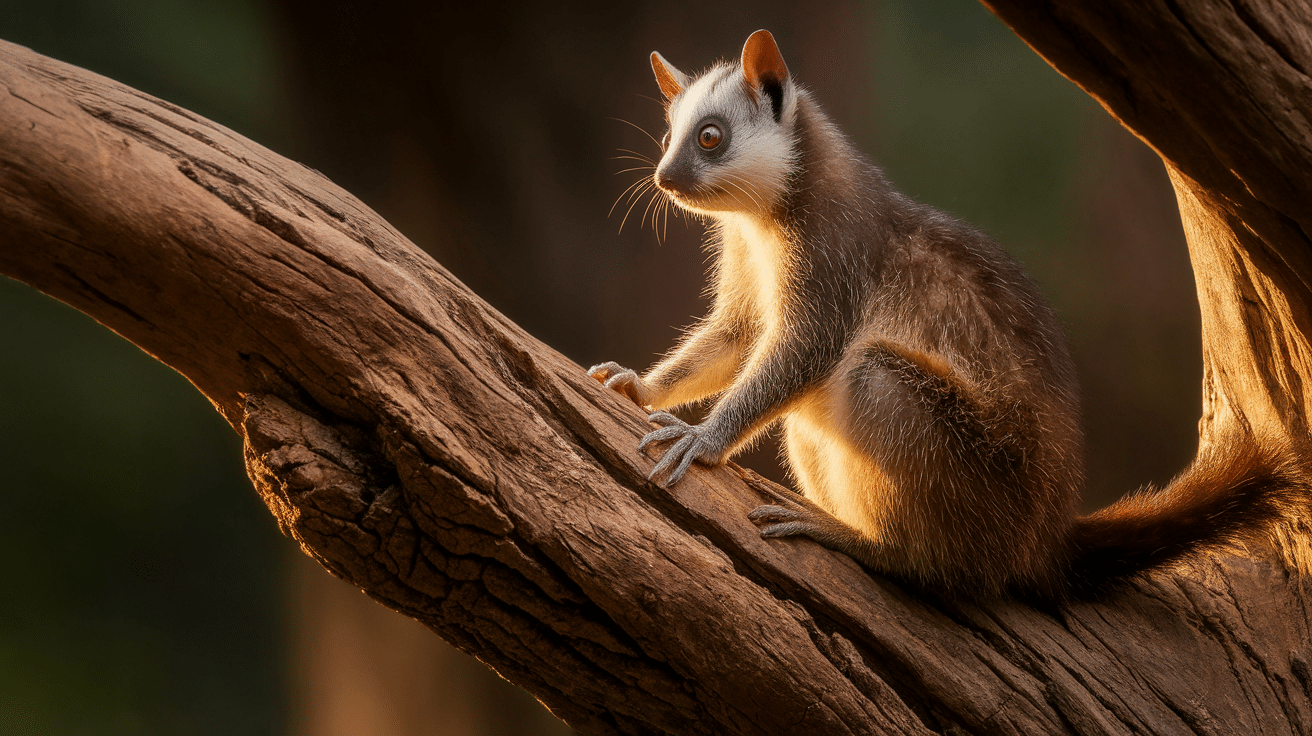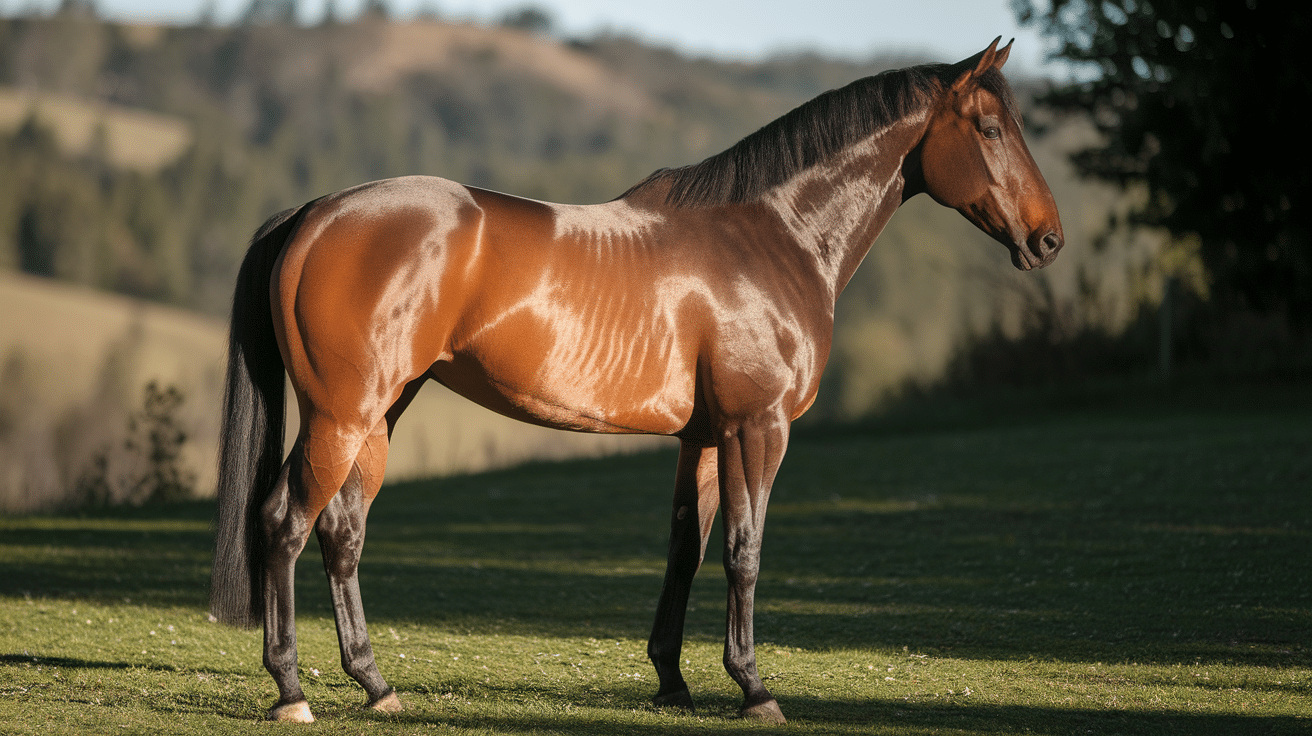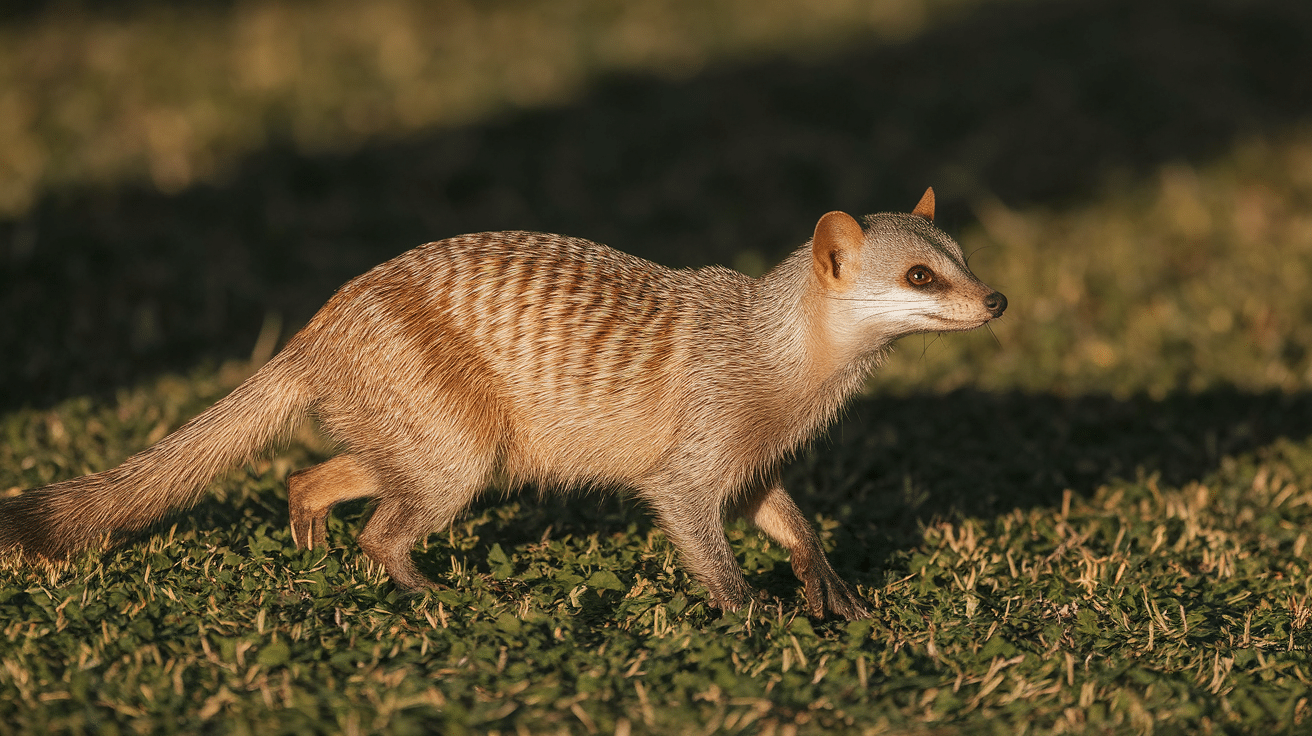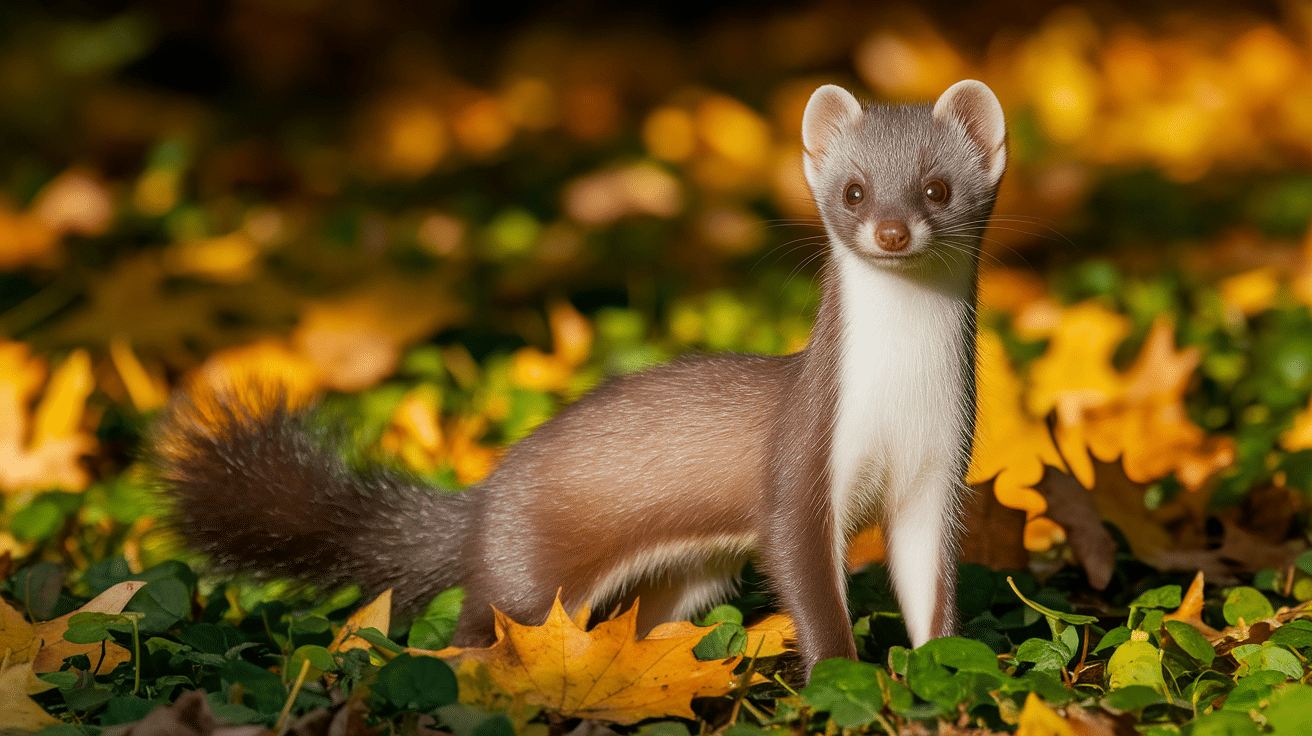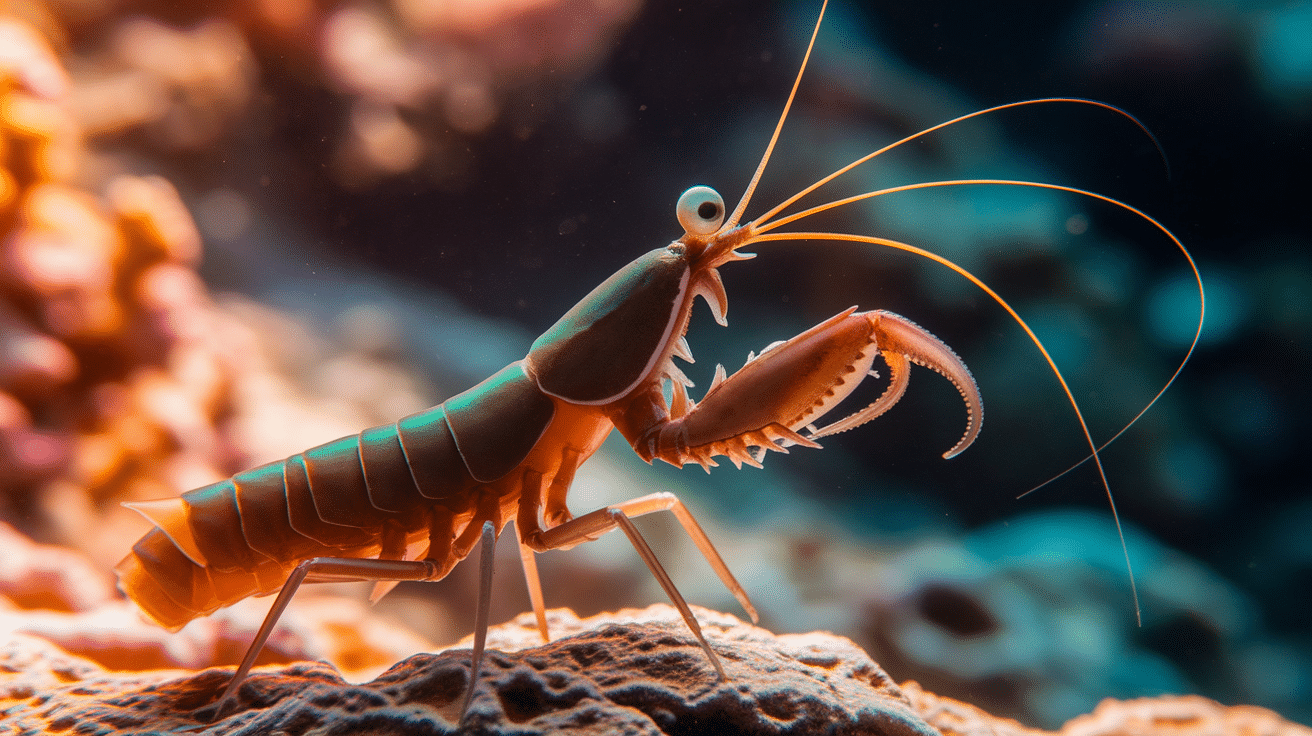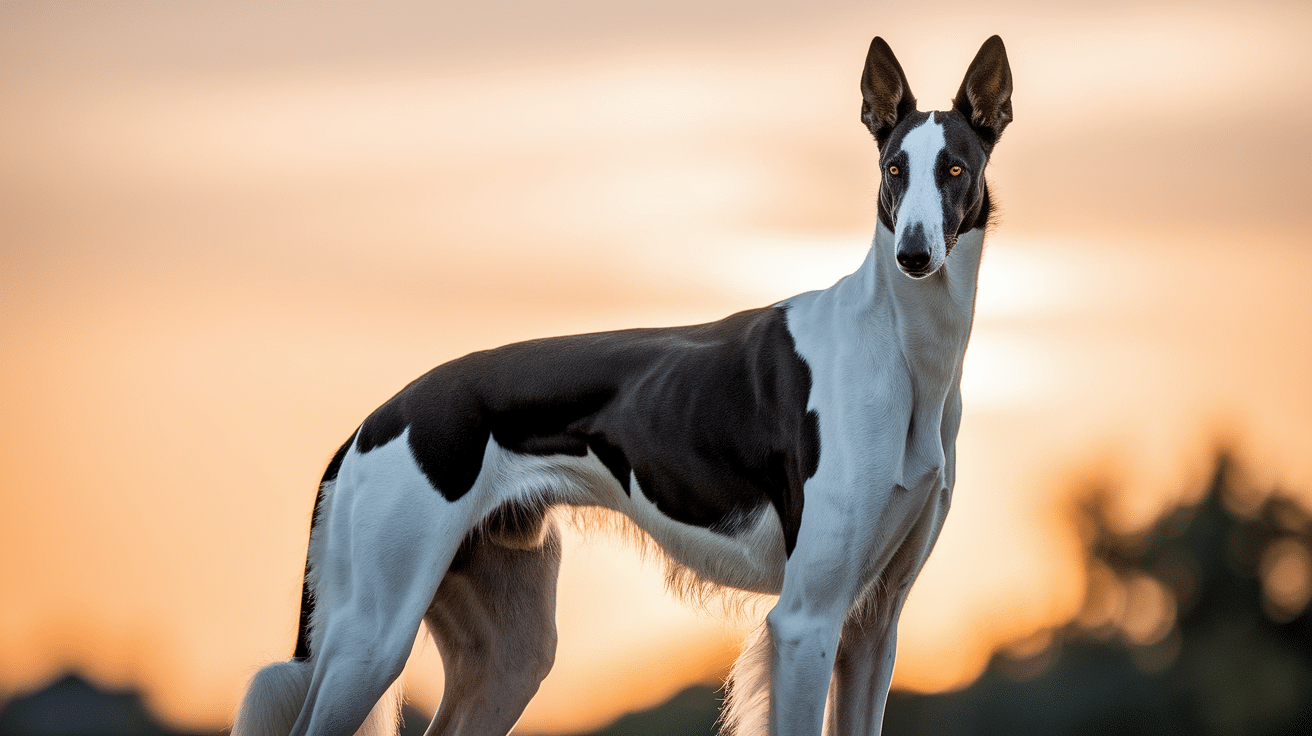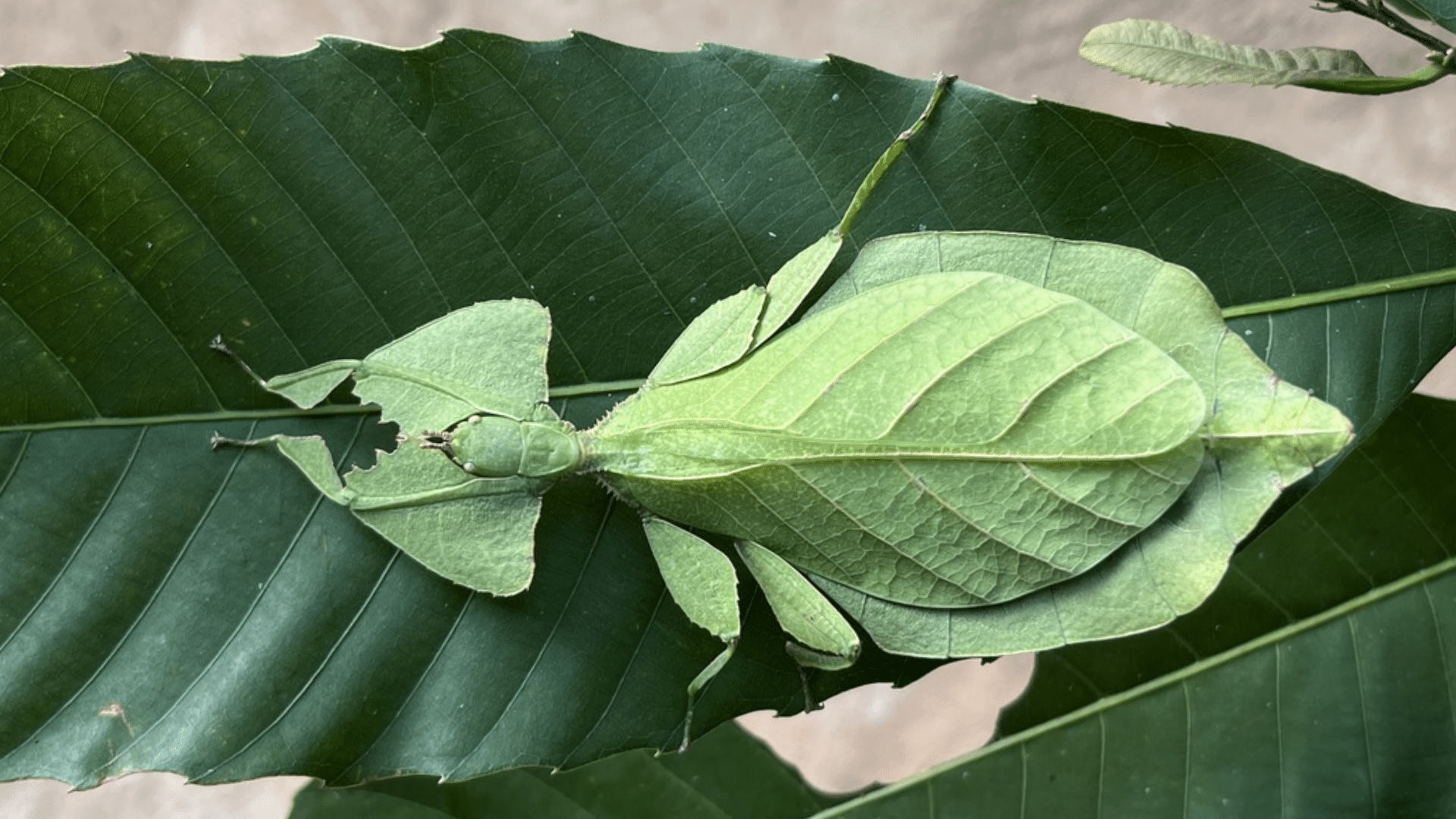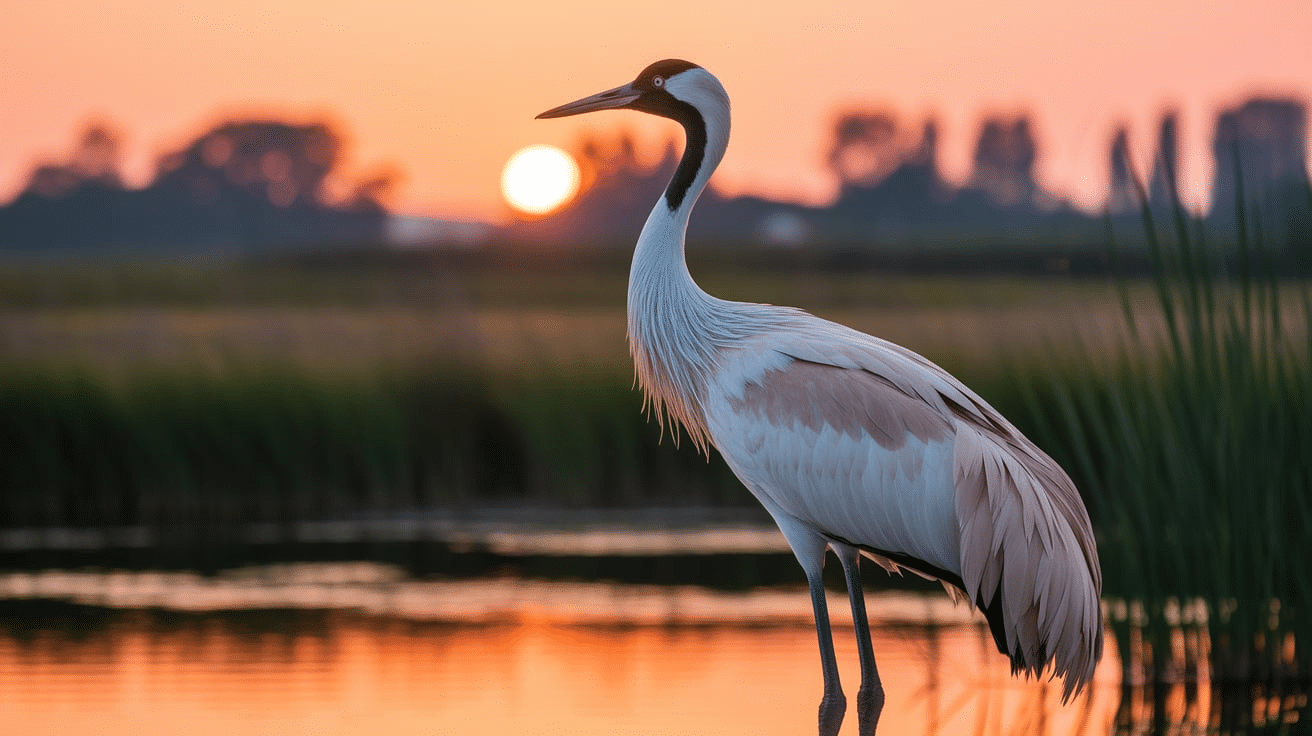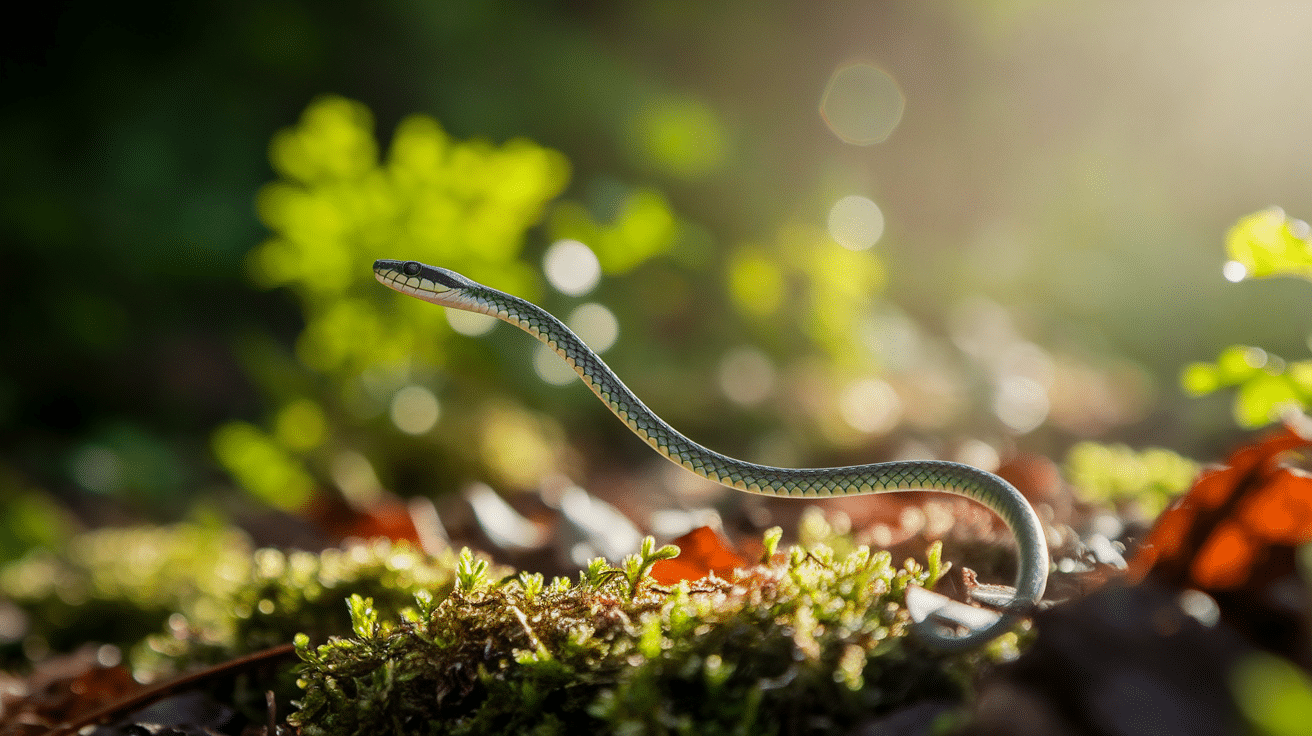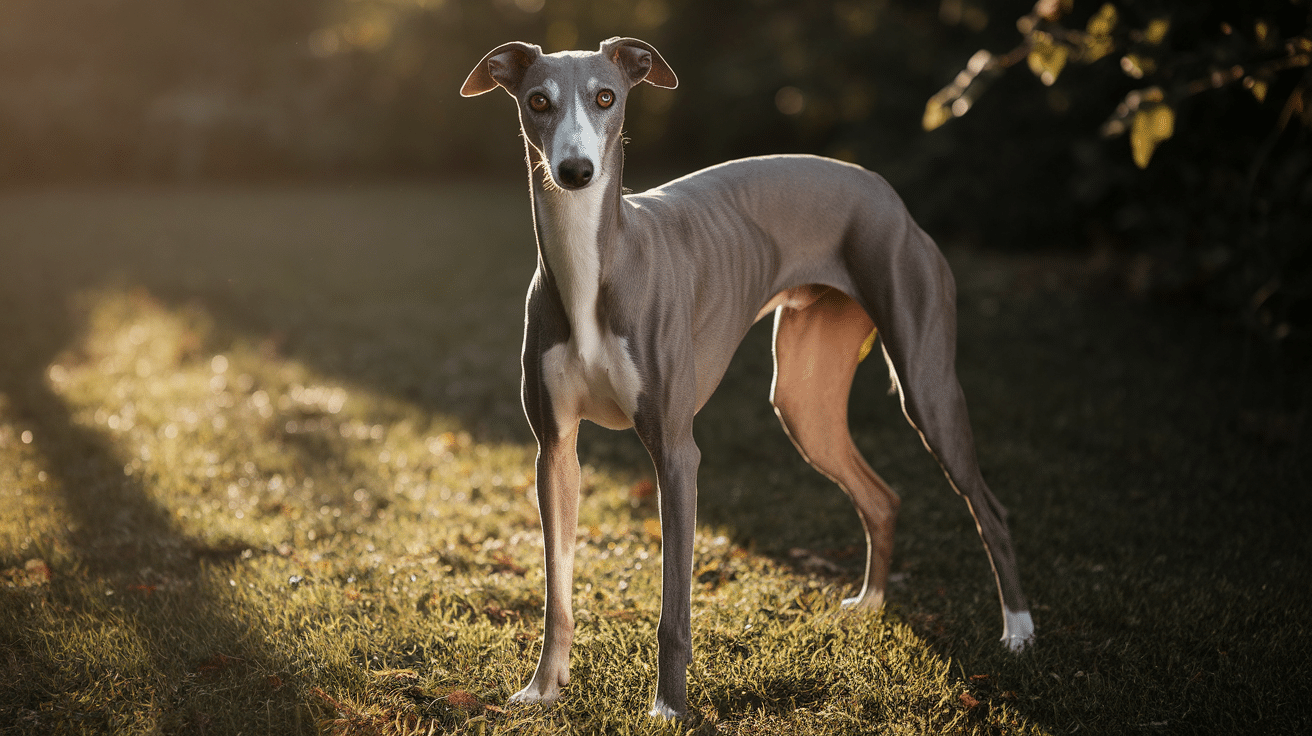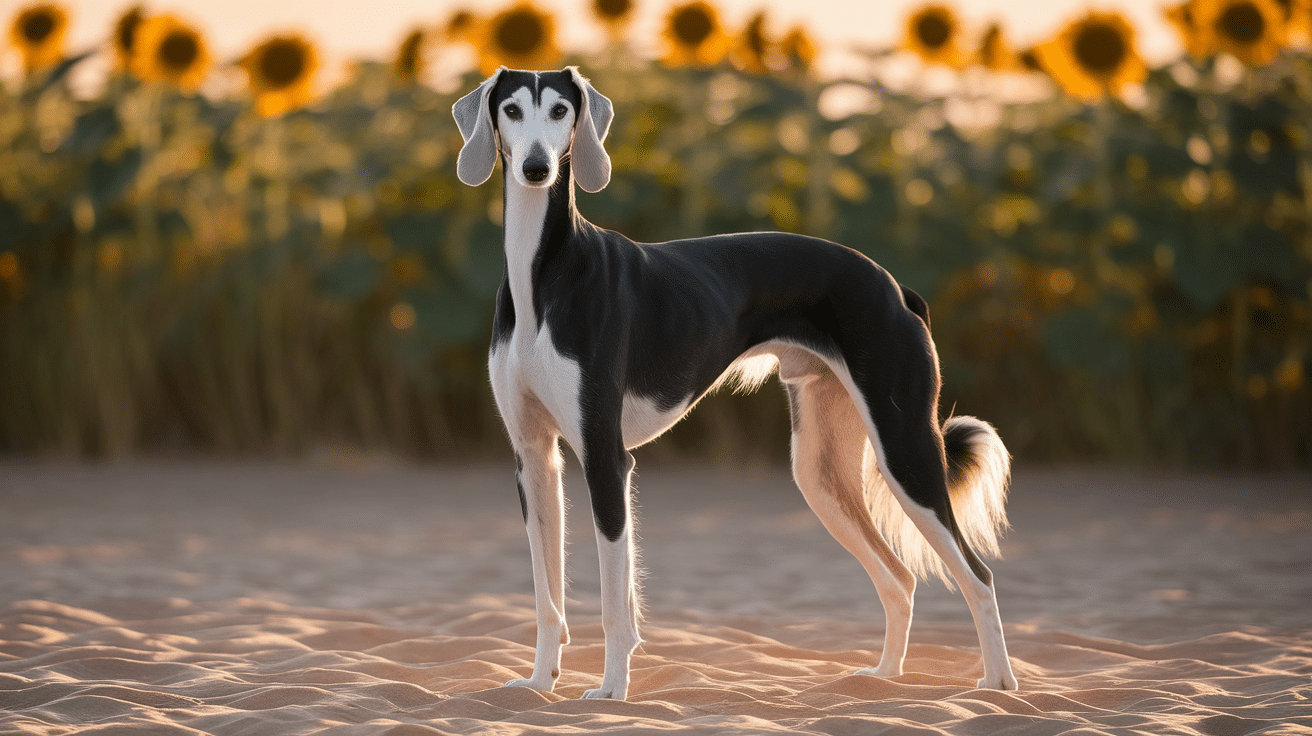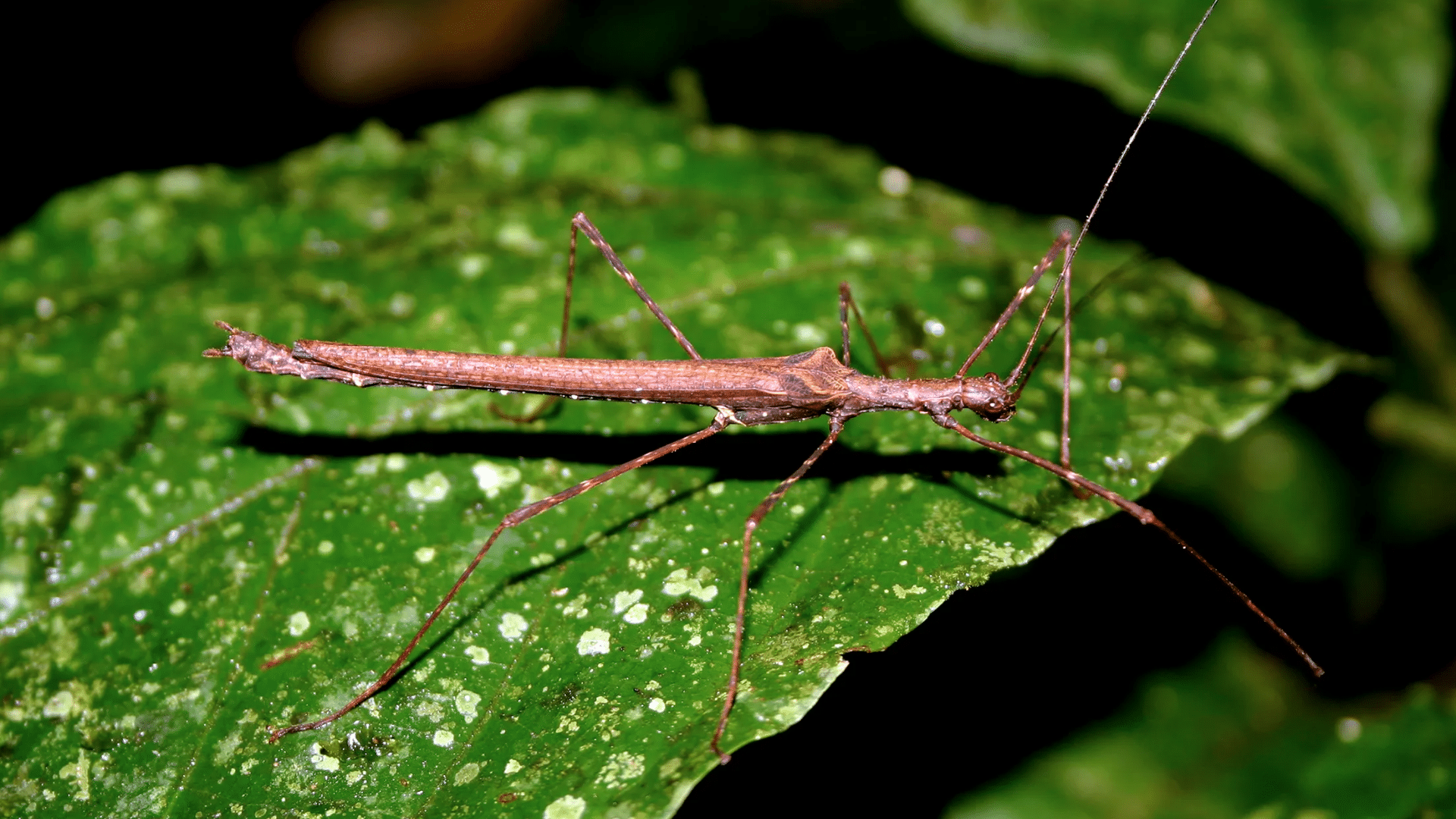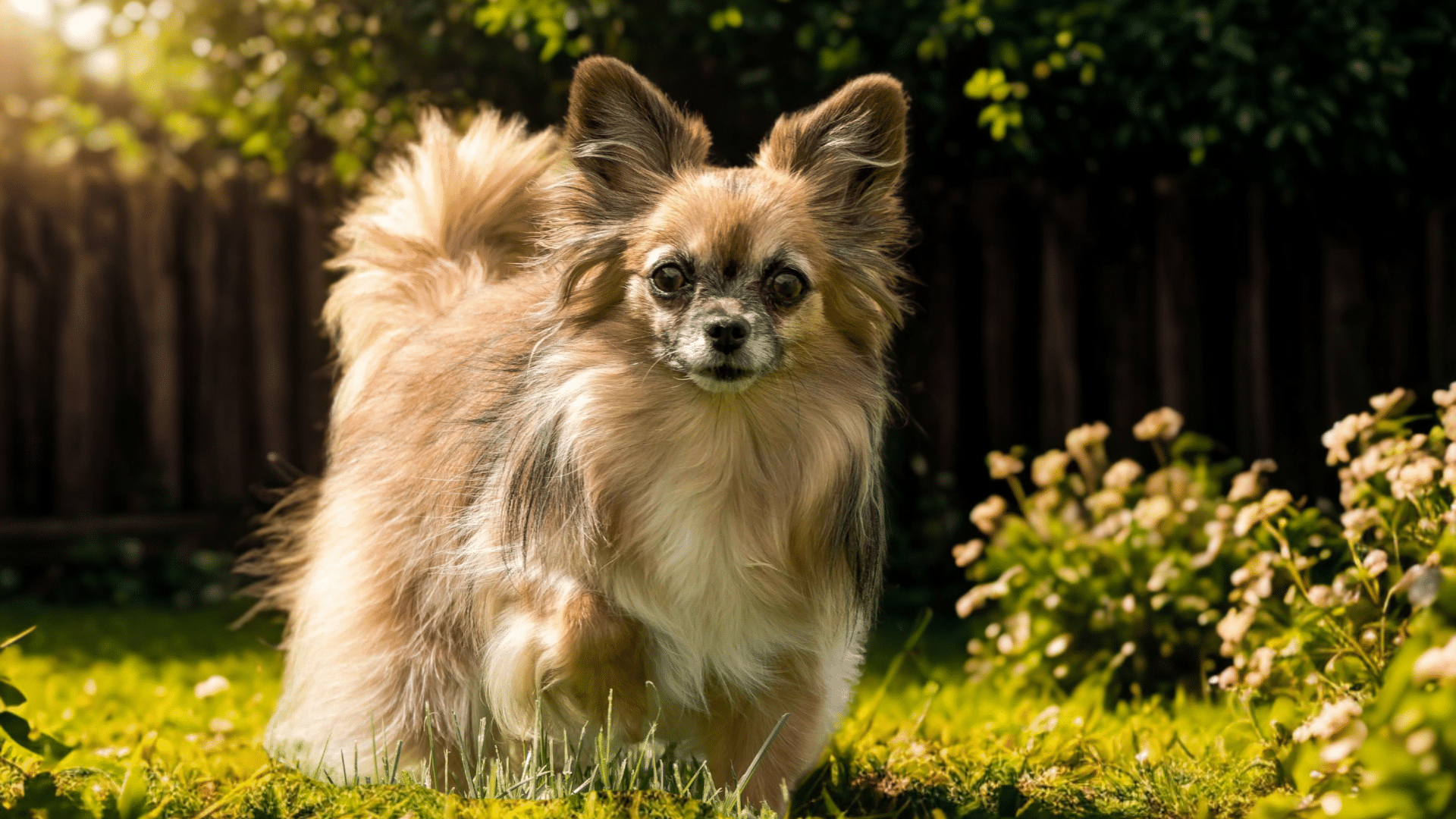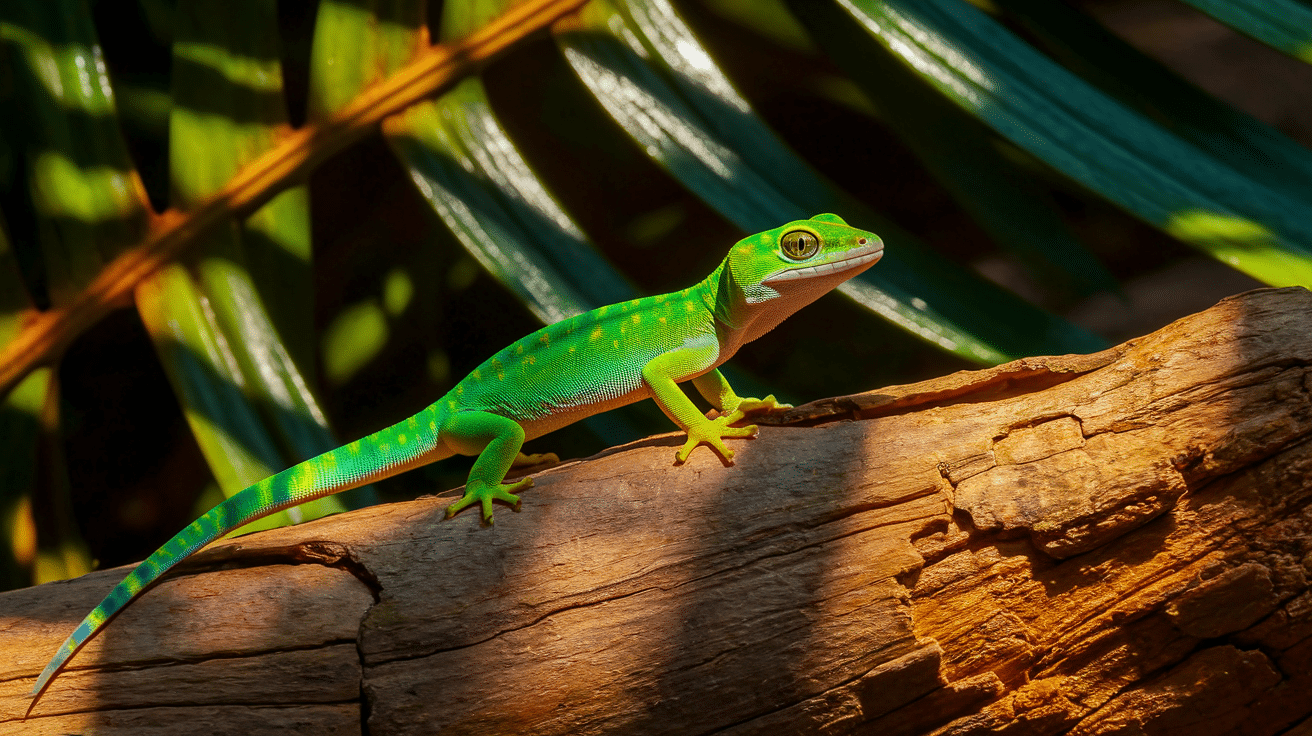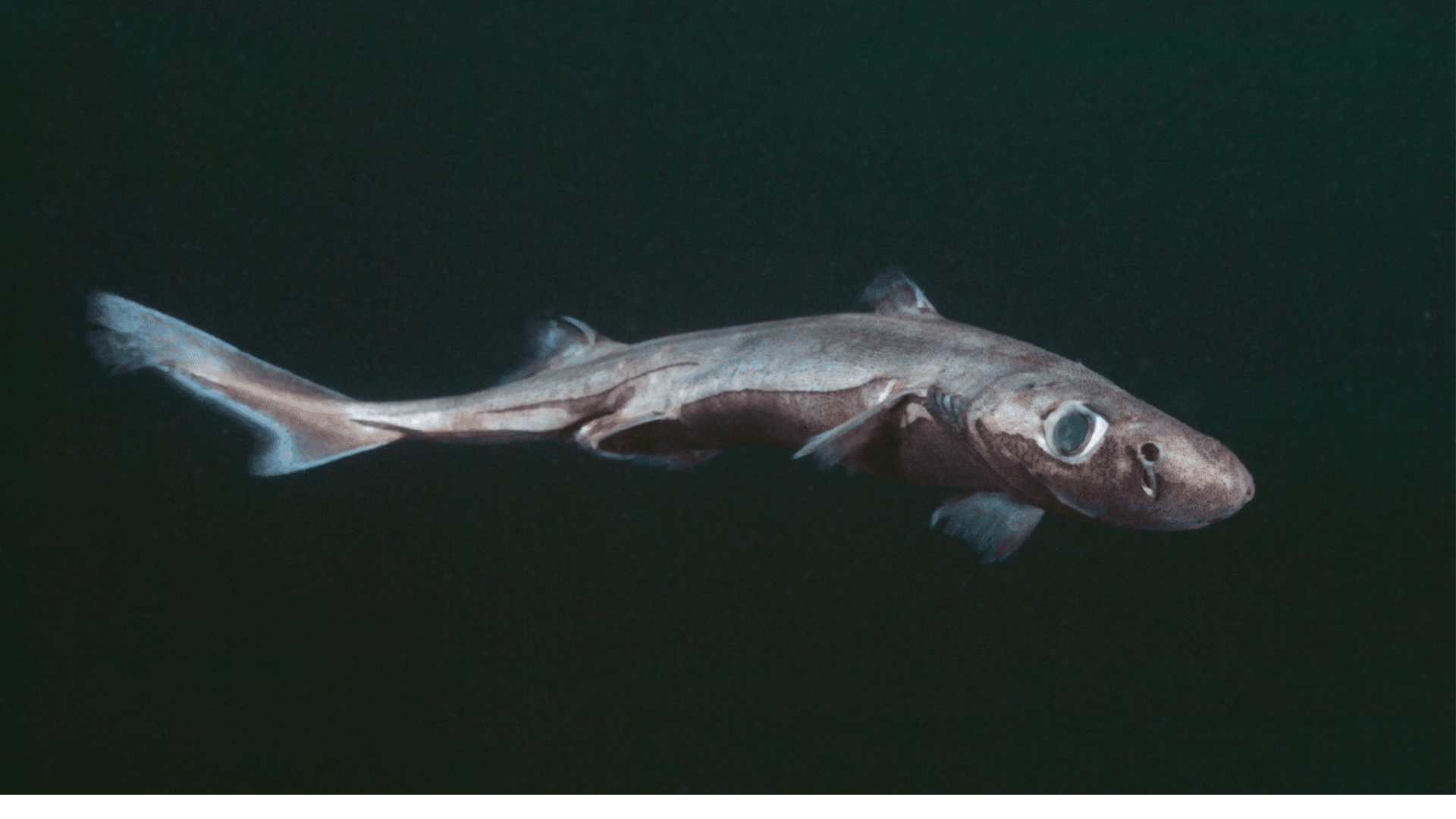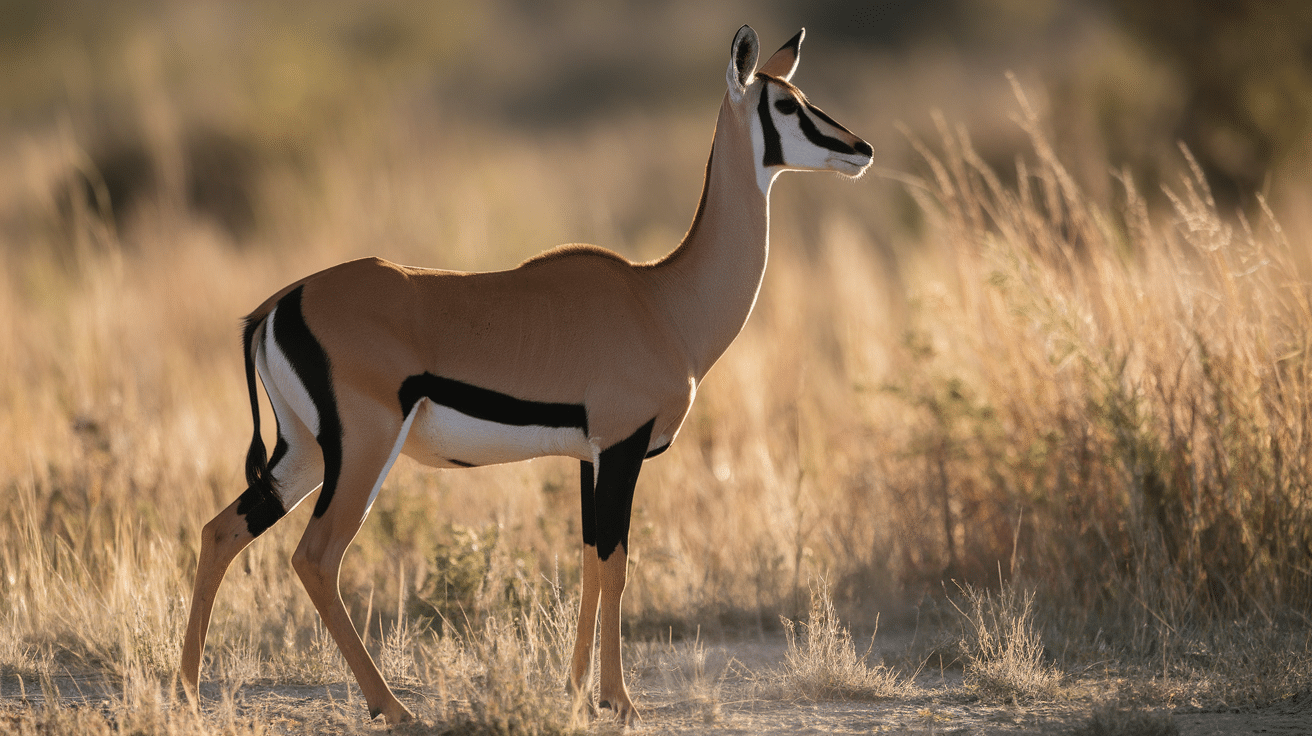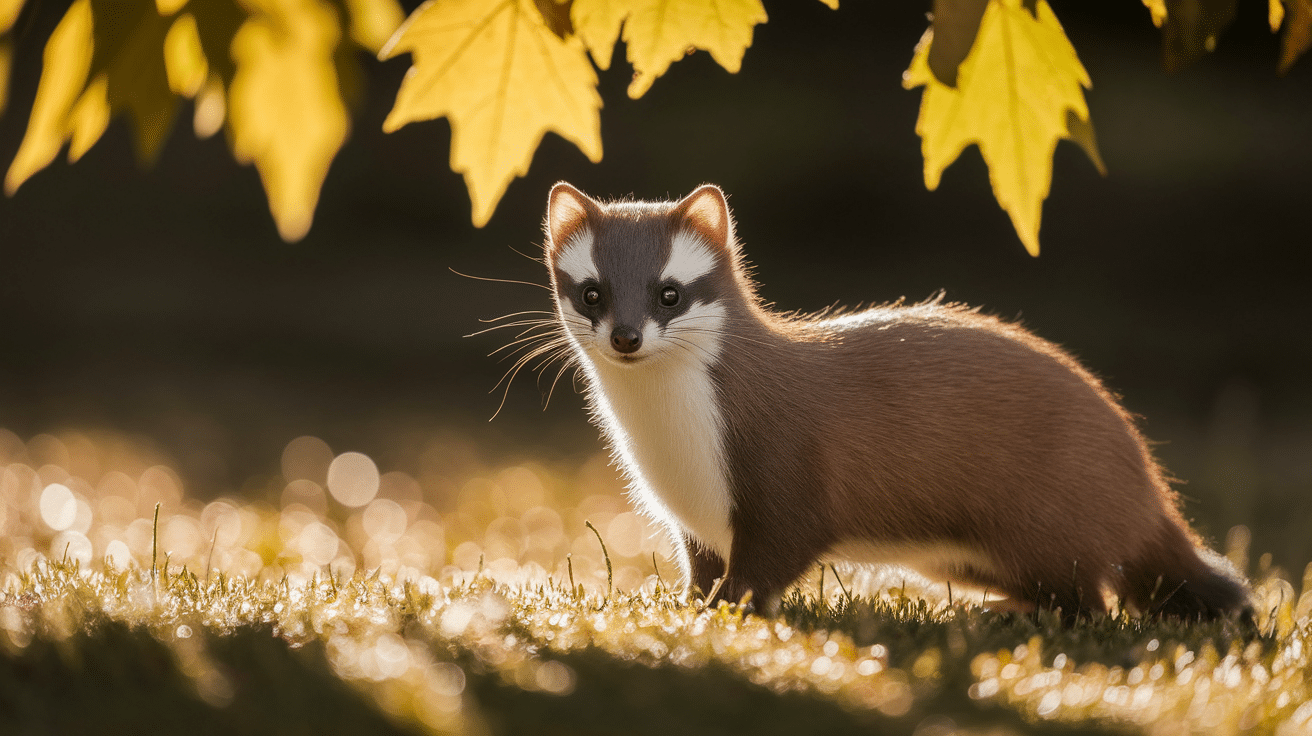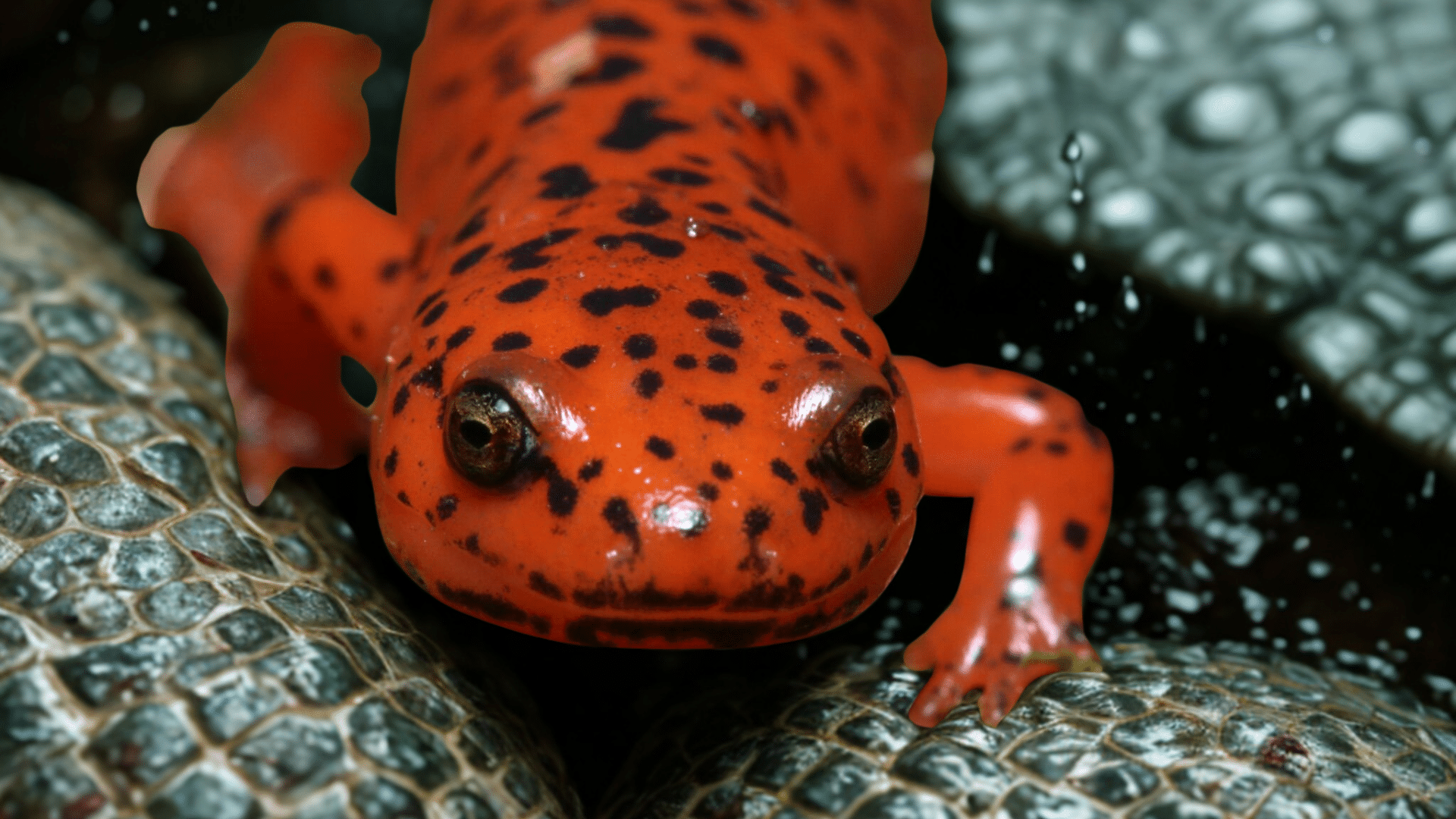Have you ever noticed how some animals seem to be in need of a good meal? Those thin legs, narrow bodies, and slender frames aren’t signs of hunger – they’re smart designs by nature.
Want to know which animals make the most of their slim build?
This post highlights the most interesting slender animals from around the world and explains why their distinctive body shape enables them to survive and thrive.
Let’s get started!
Top Skinny Animals
Let’s check out some of the thinnest animals in the animal kingdom. These creatures have evolved with slim bodies for various reasons, including hunting and survival in challenging habitats.
Each one has its special skills.
1. Greyhound
This breed has a slim, aerodynamic body shape with very little body fat. Their slender build makes them one of the fastest dog breeds, capable of reaching speeds of up to 45 miles per hour.
| Origin | Habitat | Scientific Name |
|---|---|---|
| Egypt/Middle East | Domestic | Canis familiaris |
Fun Facts About Greyhounds:
- Can see objects up to half a mile away
- A heart is nearly twice as large as that of other dogs of their size
- Sleep about 18 hours per day
- They were bred over 4,000 years ago, making them one of the oldest dog breeds
2. Meerkat
With their slender frames and long bodies, meerkats weigh only 1.5-2 pounds. Their thin build enables them to stand upright for extended periods, allowing them to scan for predators.
| Origin | Habitat | Scientific Name |
|---|---|---|
| Southern Africa | Desert and grasslands | Suricata suricatta |
Fun Facts About Meerkats:
- Can close their ears to keep sand out while digging
- Have dark circles around their eyes to reduce sun glare
- Live in groups called “mobs” or “gangs” of up to 40 individuals
- Take turns as lookouts while others search for food
3. Stick Insect
One of the thinnest insects in the world, stick insects have bodies shaped like twigs. Some species can grow up to 12 inches long while staying incredibly thin.
| Origin | Habitat | Scientific Name |
|---|---|---|
| Worldwide tropics | Forests and woodlands | Phasmatodea (order) |
Fun Facts About Stick Insects:
- Can regrow lost limbs during molting
- Females can produce eggs without mating
- Some species can change color to match their surroundings
- Stay motionless for hours to avoid detection
4. Giraffe
Despite their height, giraffes have remarkably slim legs and necks. Their long, thin necks contain only seven vertebrae – the same number as humans.
| Origin | Habitat | Scientific Name |
|---|---|---|
| Africa | Savannas and woodlands | Giraffa camelopardalis |
Fun Facts About Giraffes:
- Have a tongue that can be 21 inches long
- Sleep for only 30 minutes to two hours daily
- Have blood pressure twice as high as humans
- Can clean their ears with their 21-inch tongue
5. Whippet
Similar to greyhounds but smaller, whippets have thin bodies with almost no body fat. Their slim build allows them to reach speeds of 35 mph.
| Origin | Habitat | Scientific Name |
|---|---|---|
| England | Domestic | Canis familiaris |
Fun Facts About Whippets:
- Need less food than other dogs their size
- They were called “poor man’s racehorse” in England
- Have very low body fat at only 7-14%
- Can run faster than many larger dog breeds
6. Serval
This wild cat has the longest legs relative to body size of any cat. Their slim, tall body helps them see over tall grass and pounce on prey.
| Origin | Habitat | Scientific Name |
|---|---|---|
| Africa | Grasslands and savannas | Leptailurus serval |
Fun Facts About Servals:
- Can jump up to 10 feet high to catch birds
- Has the highest hunting success rate of any wild cat (50%)
- Use their large ears to hear prey moving underground
- Can live up to 20 years in captivity
7. Slender Loris
As their name suggests, these primates have extremely thin limbs. Their slow, precise movements and thin grip help them catch insects.
| Origin | Habitat | Scientific Name |
|---|---|---|
| India and Sri Lanka | Tropical forests | Loris lydekkerianus |
Fun Facts About Slender Lorises:
- Have toxic saliva that they spread on their young for protection
- Move in slow motion to avoid detection by predators
- Cannot jump and must climb everywhere they go
- Have eyes that cannot move in their sockets
8. Thoroughbred Horse
These horses have been bred for speed with lean, thin bodies. Their slim legs and streamlined shape make them perfect for racing.
| Origin | Habitat | Scientific Name |
|---|---|---|
| England | Domestic | Equus caballus |
Fun Facts About Thoroughbreds:
- All modern Thoroughbreds descend from three stallions
- Have larger hearts than other horse breeds
- Can run at speeds over 40 mph
- Make up less than 1% of all horses in America
9. Cheetah
The cheetah has a narrow waist and deep chest. Their slim build reduces weight and air resistance, helping them become the fastest land animal.
| Origin | Habitat | Scientific Name |
|---|---|---|
| Africa | Grasslands and savannas | Acinonyx jubatus |
Fun Facts About Cheetahs:
- Can go from 0 to 60 mph in just three seconds
- Have semi-retractable claws that act like cleats
- Cannot roar like other big cats, but purr and chirp
- Have a special ridge on their skull for muscle attachment
10. Mongoose
With long, thin bodies and short legs, mongooses can easily slip into narrow spaces. Their slim shape helps them chase snakes into burrows.
| Origin | Habitat | Scientific Name |
|---|---|---|
| Africa, Asia, Southern Europe | Various habitats | Herpestidae (family) |
Fun Facts About Mongooses:
- Are immune to many snake venoms
- Can kill and eat venomous snakes
- Stand on their hind legs to spot danger
- Have been used to control rat populations
11. Weasel
Weasels have extremely thin, tube-like bodies that allow them to follow prey into burrows. Their skinny shape can squeeze through holes as small as one inch wide.
| Origin | Habitat | Scientific Name |
|---|---|---|
| Northern Hemisphere | Woodlands, fields, farms | Mustela nivalis |
Fun Facts About Weasels:
- Can kill prey much larger than themselves
- Change fur color from brown in summer to white in winter
- Have a metabolism so fast that they eat about 40% of their body weight daily
- Mark territory with a musky smell that gives them their name
12. Mantis Shrimp
These marine creatures have thin, stick-like bodies with powerful front limbs. Their slender shape hides some of the fastest striking appendages in nature.
| Origin | Habitat | Scientific Name |
|---|---|---|
| Tropical and subtropical waters | Coral reefs | Stomatopoda (order) |
Fun Facts About Mantis Shrimp:
- Can strike prey with the force of a .22 caliber bullet
- Have the most complex eyes in the animal kingdom
- Can see ultraviolet light and detect polarized light
- Some species can break aquarium glass with their strikes
13. Borzoi
Also known as Russian Wolfhounds, these dogs have extremely narrow bodies. Their slim shape helps them run fast while conserving body heat in cold climates.
| Origin | Habitat | Scientific Name |
|---|---|---|
| Russia | Domestic | Canis familiaris |
Fun Facts About Borzois:
- They were once the only dogs allowed to hunt on Russian royal land
- Have been bred for over 500 years for hunting wolves
- Can spot moving objects up to half a mile away
- They were given as gifts by Russian czars to visiting dignitaries
14. Leaf Insect
These insects have flat, paper-thin bodies that look like leaves. Their extremely thin profile helps them blend in perfectly with foliage.
| Origin | Habitat | Scientific Name |
|---|---|---|
| Southeast Asia, Australia | Tropical forests | Phylliidae (family) |
Fun Facts About Leaf Insects:
- Can sway back and forth to mimic leaves moving in the wind
- Females can lay eggs without mating (parthenogenesis)
- Have existed for over 47 million years based on fossil records
- It can change color to match different types of leaves
15. Crane
These birds have thin, spindly legs and long, narrow necks. Their slim build helps them wade through shallow water without disturbing prey.
| Origin | Habitat | Scientific Name |
|---|---|---|
| Worldwide except Antarctica | Wetlands, grasslands | Gruidae (family) |
Fun Facts About Cranes:
- Some species can fly at altitudes of 30,000 feet
- Many species mate for life
- Some can live for over 40 years in the wild
- Perform elaborate dancing rituals during courtship
16. Thread Snake
One of the thinnest snakes in the world, some species are as thin as spaghetti. Their thread-like bodies allow them to burrow through soil with ease.
| Origin | Habitat | Scientific Name |
|---|---|---|
| Tropical regions worldwide | Underground | Leptotyphlopidae (family) |
Fun Facts About Thread Snakes:
- The Barbados thread snake is the smallest in the world
- Some species are smaller than earthworms
- Feed primarily on ant and termite larvae
- Have vestigial eyes covered by scales
17. Italian Greyhound
The smallest of the sighthound breeds, these dogs have extremely thin legs and narrow bodies. Their small size and slim shape make them perfect apartment pets.
| Origin | Habitat | Scientific Name |
|---|---|---|
| Mediterranean region | Domestic | Canis familiaris |
Fun Facts About Italian Greyhounds:
- Are over 2,000 years old as a breed
- They were the favorites of nobility throughout European history
- Despite their thin frames, they can run up to 25 mph
- They are known to “burrow” under blankets due to low body fat
18. Praying Mantis
With their thin, stick-like bodies, praying mantises are masters of camouflage. Their skinny frame helps them blend with plant stems while waiting for prey.
| Origin | Habitat | Scientific Name |
|---|---|---|
| Worldwide | Various environments | Mantodea (order) |
Fun Facts About Praying Mantises:
- Can rotate their heads 180 degrees
- Have one ear located on their abdomen
- Females sometimes eat males after mating
- Have existed for over 135 million years
19. Saluki
One of the oldest dog breeds, the Saluki has a thin, aerodynamic body. Their slim build enables them to run at speeds of up to 40 mph in desert conditions.
| Origin | Habitat | Scientific Name |
|---|---|---|
| Middle East | Domestic | Canis familiaris |
Fun Facts About Salukis:
- They were so valued in ancient Egypt that they were often mummified
- Their history dates back to 7000 BCE
- They are known as the “Royal Dog of Egypt”
- Have special foot pads that protect against hot desert sand
20. Walking Stick Insect
As their name suggests, these insects look like walking twigs. Their bodies are often less than half an inch wide despite lengths of several inches.
| Origin | Habitat | Scientific Name |
|---|---|---|
| Worldwide tropical regions | Forests | Phasmatodea (order) |
Fun Facts About Walking Stick Insects:
- The longest insect in the world is a species of walking stick
- Can drop limbs to escape predators and regrow them later
- Some species can spray a defensive chemical up to 12 inches
- Eggs can remain dormant for over 2 years before hatching
21. Chihuahua
Weighing just 2-6 pounds, Chihuahuas are known for their tiny, thin frames. Their small size and light bones make them the smallest dog breed in the world.
| Origin | Habitat | Scientific Name |
|---|---|---|
| Mexico | Domestic | Canis familiaris |
Fun Facts About Chihuahuas:
- Have a soft spot on their skull called a molera, like human babies
- Can live up to 20 years, longer than most dog breeds
- It has the largest brain-to-body size ratio of any dog breed
- They were sacred to ancient Aztec and Toltec civilizations
22. Dwarf Gecko
These tiny lizards have extremely slender bodies, often measuring less than half an inch in width. Their small size allows them to hide in tiny cracks and move along vertical surfaces.
| Origin | Habitat | Scientific Name |
|---|---|---|
| Various tropical regions | Forests, rocky areas | Sphaerodactylus (genus) |
Fun Facts About Dwarf Geckos:
- Some species are among the smallest reptiles in the world
- Can lay eggs as small as peas
- Have special toe pads that let them walk on glass and ceilings
- Can drop their tails when grabbed by predators
23. Dwarf Lantern Shark
At just 6-8 inches long, this is the smallest shark species. Its thin, narrow body helps it swim in deep ocean waters with minimal energy use.
| Origin | Habitat | Scientific Name |
|---|---|---|
| Various tropical regions | Forests, rocky areas | Etmopterus perryi |
Fun Facts About Dwarf Lantern Sharks:
- Can glow in the dark through bioluminescence
- Live at depths of up to 1,500 feet below sea level
- They were only discovered by scientists in 1985
- Have light-producing organs called photophores along their bellies
24. Royal Antelope
The smallest antelope species, they stand only 10-12 inches tall. Their thin legs and slim bodies help them dart through dense forest vegetation.
| Origin | Habitat | Scientific Name |
|---|---|---|
| West Africa | Dense forests | Neotragus pygmaeus |
Fun Facts About Royal Antelopes:
- Weigh only 7-10 pounds as adults
- Can jump over 8 feet high despite their tiny size
- It was once believed that to were able to defeat elephants with their horns
- Can run in a zig-zag pattern to escape predators
25. Stoat
Also known as the short-tailed weasel, stoats have extremely thin, flexible bodies. Their slender shape lets them chase rodents into burrows and narrow spaces.
| Origin | Habitat | Scientific Name |
|---|---|---|
| Northern hemisphere | Woodlands, moorlands | Mustela erminea |
Fun Facts About Stoats:
- Change color from brown in summer to white in winter
- Can kill rabbits ten times their weight
- Perform a “crazy dance” to mesmerize prey
- They were used to make the ermine robes worn by royalty
26. Thorius Arboreus
One of the tiniest salamanders in the world, with a pencil-thin body. Their small size allows them to live in moss and small crevices in trees.
| Origin | Habitat | Scientific Name |
|---|---|---|
| Mexico (Oaxaca) | Cloud forests | Thorius arboreus |
Fun Facts About Thorius arboreus:
- They are less than an inch long as adults
- Have lungs that have become smaller through evolution
- Breathe mostly through their skin
- They are critically endangered due to habitat loss
Summing It Up
So there you have it, a world full of wonderfully skinny creatures! From tiny Dwarf Gecko to tall Giraffes, these animals show us that being thin comes with plenty of perks.
Their slim bodies help them squeeze into tight spots, move quickly, and even catch food more easily.
Next time you spot a thin animal, take a moment to notice how its shape helps it survive. Want to learn more about these creatures?
You might spot one of these skinny animals in action! Which skinny animal from our list surprised you the most?
Share your thoughts in the comments below!

